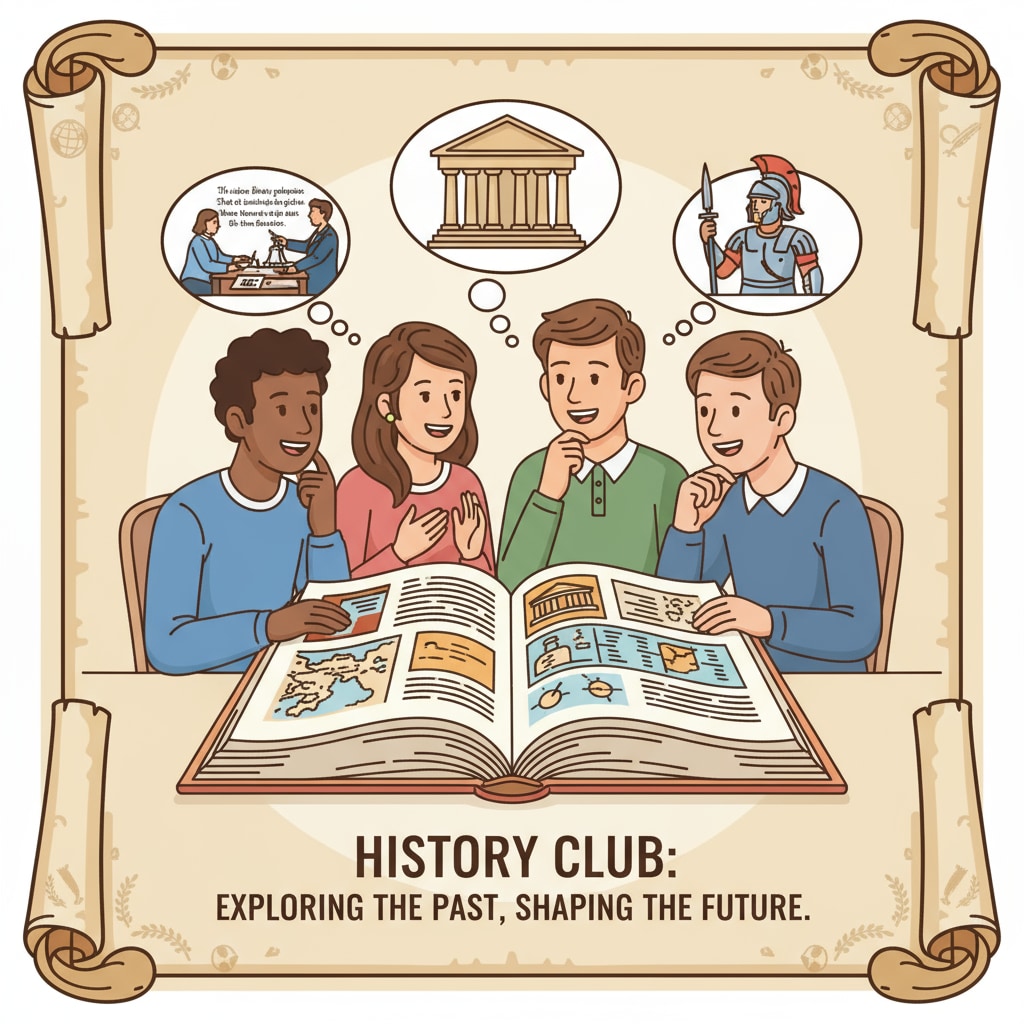For those passionate about the teacher career, college application, and history education, the journey from a dream to the classroom can be both fulfilling and challenging. Take, for example, John, a high school student from a low-income family with a deep love for history and a desire to inspire young minds. His story can serve as a roadmap for others on a similar path.

Preparing for College Application in History Education
First and foremost, when applying to colleges for a history education major, it’s crucial to build a strong academic foundation. High school students should focus on courses like history, social studies, English, and even some foreign languages. These subjects not only enhance your knowledge but also demonstrate your commitment to the field. For instance, taking advanced placement (AP) history courses can give you an edge in the college application process. College Board provides valuable resources on AP courses and exams. In addition, participating in history-related extracurricular activities such as history clubs, debate teams, or historical research projects can make your college application stand out.

Financial Aid and Scholarships for Low-Income Students
Low-income students often face financial barriers on the path to becoming a history teacher. However, there are numerous options available. Federal and state financial aid programs, such as the Pell Grant, can significantly reduce the cost of college tuition. Moreover, many private organizations offer scholarships specifically for education majors. Websites like Fastweb can help you search for relevant scholarships. For example, some scholarships are awarded based on academic achievement, while others consider your background and passion for education. It’s essential to start researching and applying for these opportunities early.
Once in college, internships and student teaching experiences are invaluable for future history teachers. These experiences allow you to apply your theoretical knowledge in real classroom settings. You can gain insights into different teaching methods and learn how to manage a classroom. Many schools have partnerships with local school districts to provide such opportunities. After completing your college education, obtaining a teaching license is the next step. Requirements vary by state, but generally, you need to pass certain exams and complete a teacher preparation program.
In conclusion, the path to becoming a history teacher for low-income students is filled with opportunities. With careful planning, hard work, and the right resources, students can turn their dreams of a teacher career, through college application, in the field of history education into a reality. Readability guidance: The key points here are building an academic foundation, seeking financial aid, getting practical experiences, and obtaining a teaching license. Each step is crucial for those aiming to enter the history education field.


